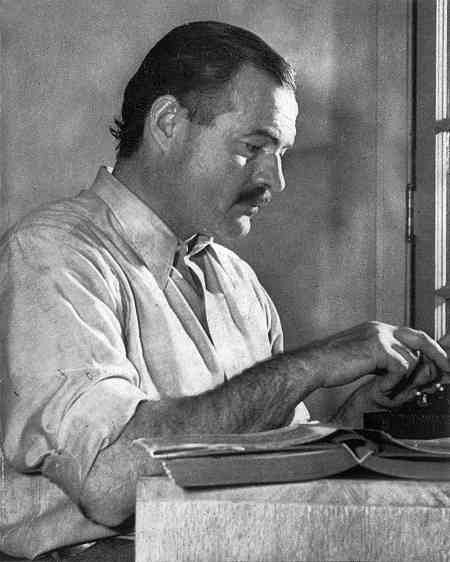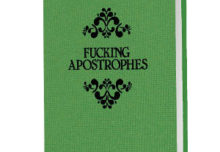Short sentences are easy to read.
They grab our attention, increase the reading pace, and make it more likely that we’ll move from one sentence to the next.
They’re also easier to understand.
Research by the American Press Institute (API), for example, found that when sentences had 43 words or more, readers’ comprehension dropped to less than 10%. Sentences of up to 14 words had a comprehension level of 90%.
So how long should your sentences be?
A lot of content specialists like to give word limits. They say a sentence shouldn’t be longer than 32 words, or 27, or 21.
The problem is that some people take these word counts too literally. Instead, I prefer to say there should only be one point per sentence. If you do so succinctly but conversationally, then it doesn’t matter if the sentence has 32 words or 15.
Another problem with word counts is that it’s good to vary the sentence lengths if you’re writing an article (or anything more than a few paragraphs). After all, if every sentence has the same length then the article would become torturous to read.
Instead, an article ought to have a natural ebb and flow. Switching between a 9-word sentence to a 28-word one (for example) will do the trick nicely.
That’s not to say long sentences don’t have their place. On the contrary: great writers can use them beautifully in novels, plays, and other forms that make the most of rhetoric.
However, if you’re writing a web page, email or an article, shorter is usually sweeter.
Learn more by enrolling in the Writing Essentials online course
Study at your own pace, whenever and wherever you want.
Taught by a former newspaper editor and journalist, this course is suited for anyone who wants to improve their writing – whether it’s for marketing, journalism, blogging or PR. It’s also ideal for those who want to improve their general writing skills.
It teaches all the basics, including:
- how to write in the active voice
- how to use positive language
- using the right tone of voice and style
- cutting copy
- making your intros stronger
- writing in plain English
- how to write in the inverted pyramid style
- top 10 news criteria (what makes a story interesting)
- frontloading content
- grammar and punctuation
- proofreading tips
- writing great headlines.
Fun and practical, this writing course is filled with exercises that allow you to put theory into practice.
Find out more and enrol




